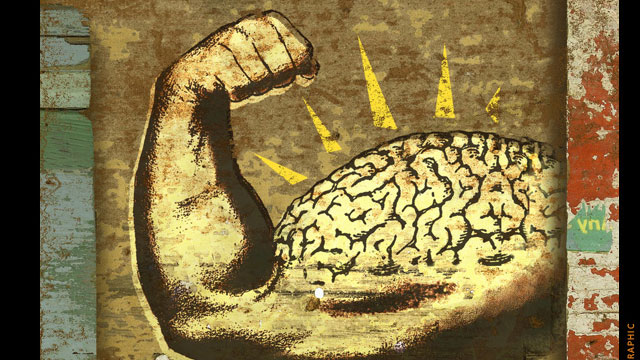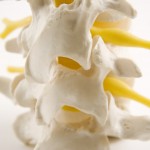
Research now shows that our brain and nervous system are not rigid or unchanging like we once thought but are “neuroplastic”, or capable of adapting and re-wiring. This means that what we once believed – that our brain was fixed in form and function, and only changed through deterioration as we got older, is not true. With this new research in mind…
- Exercise. Exercise has been found to jump-start neurogenesis, or the creation of new brain cells, potentially improving the memory center’s health and functioning.
- Breathe. Breathing oxygenates every cell of your body, from your brain to your vital organs. Without sufficient oxygen, your body becomes more susceptible to health problems. Focus on breathing well throughout the day.
- Avoid Multi-tasking. Multi-tasking trains the brain to lose focus and constantly search for new information and stimulation.
- Acquire New skills. Frequently doing this helps to change the physical structure of the brain and create new routes in brain mapping – consider taking up dancing, or try learning a new language.
- Play Brain Games. These help us process what our brain hears and sees. There are plenty of online brain exercises available.
- Eat Brain Foods. Regularly include foods that are good for your brain in your diet. Foods high in essential omega 3 fats, tryptophan, vitamin B6, folate and iron (wild salmon, blueberries, spinach, dark chocolate, garlic, coffee).
- Avoid Brain Drainers. These can include excessive alcohol consumption (interferes with dopamine production), corn syrup/sugars, nicotine (constricts blood flow to the brain), chronic stress (releases brain chemicals that can shrink parts of your brain!), high carbohydrate diets.
- Rest. Get some downtime throughout the day to clear and refocus your mind. Rest between activities helps to cement plastic changes.
- Get Adjusted. Pre and Post Functional MRI have shown increased efficiency of nerve function after a chiropractic adjustment.
The pictures below show a pre-adjustment MRI (left) of a patient moving her ankle (scattered, bilateral areas of generalized activation of the brain, which had to engage many areas to move the ankle). A post-adjustment MRI (right) while doing the same ankle movement showed smaller and unilateral areas of activation of the brain. (Remember, less is better.) The fact that a smaller area of the brain showed changes in blood flow and oxygenation implies that it took less nerve energy to produce the same ankle motion.
So, if you’ve noticed that your memory, thinking, and focus are not as sharp as they once were – fear not- follow these steps and you can continue to learn new skills and improve your memories well into old age.







